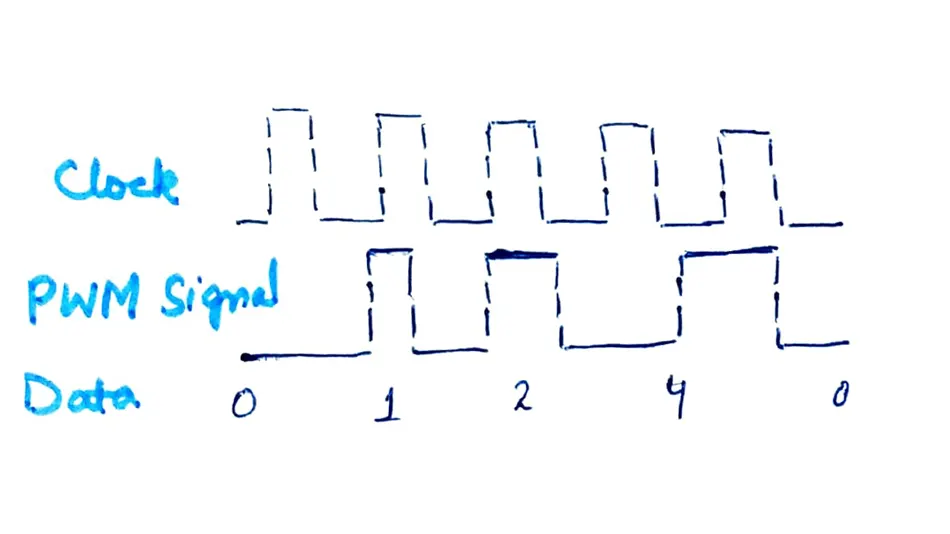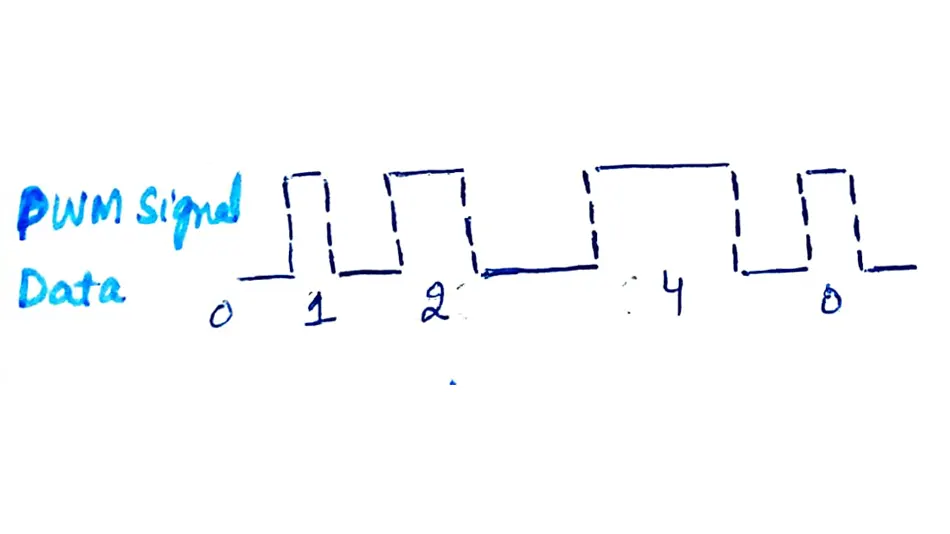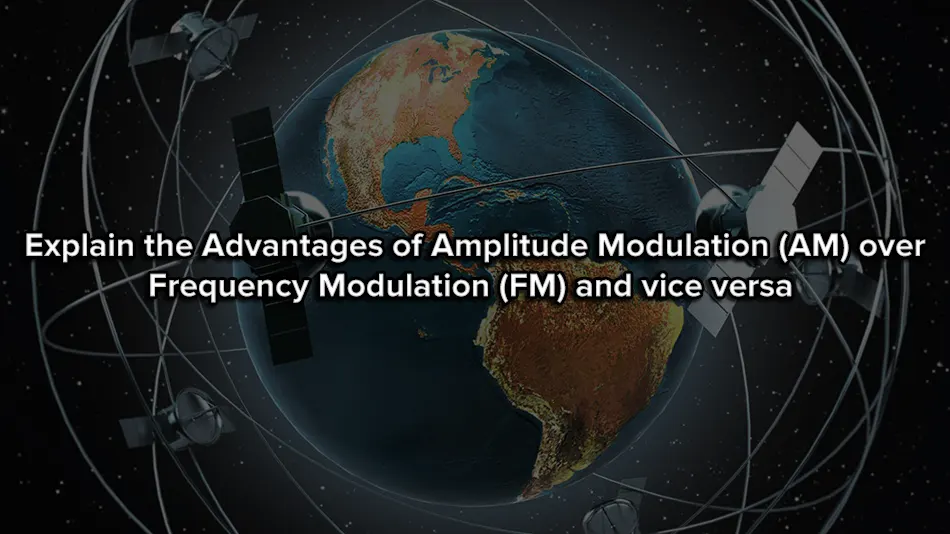Application of Phase Shift Key Modulation Techniques:
Phase Shift Key (PSK) has shorter bandwidth as resembled other digital binary modulation, that’s why it can be employed in the application which needs shorter bandwidth.
There are the following applications of Phase Shift Key (PSK) Modulation Techniques:
1) RFID (Radio Frequency Identification):
The Phase Shift Keying (PSK) technique is vastly utilized in RFID. Due to the plainness, BPSK (Binary Phase Shift Key) is suitable for low-cost passive transmitters as well as employed in RFID standards, for example, ISO/IEC 1443 which has been embraced for biometric passports, credit cards like, American Express’s Express Pay and numerous other applications.
2) Bluetooth:
Bluetooth 2 employs π/4 – DQPSK at its descending rate (2 Mbit/s) plus 8 – DPSK at its larger rate (3 Mbit/s) when the connection between the two devices is adequately robust. On the other, Bluetooth 1 modulates with Gaussian minimum shift keying, which is a binary method, so either modulation option in version 2 will produce a larger data rate.
A comparable technology, IEEE 802.15.4 even depends on PSK utilizing two frequency bands: 868 – 915 MHz with BPSK as well as at 2.4 GHz with OQPSK (BPSK, DPSK, DQPSK here PSK techniques).
3) LANs:
The most famous wireless, LAN standard named IEEE 802.11b operates a sort of various PSKs relying on the data rate needed. At the necessary rate of 1 Mbit/s, it employs DBPSK. To deliver the vast rate of 2 Mbit/s, DQPSK is employed. In advancing 5.5 Mbit/s and a maximum rate of 11 Mbit/s, QPSK is utilized whereas has to be associated with complementary code keying.
The larger-speed wireless LAN standard named IEEE 802.11g has eight data rates which are 6, 9, 12, 18, 24, 36, 48, and 54 Mbit/s. From these 6 and 9, Mbit/s modes employ BPSK. While 12 and 18 Mbit/s modes operate QPSK. The fastest four-mode use formats of quadrature amplitude modulation.
4) Radio and Cellular Standards:
PSK modulation is executed in numerous radio standards including every cellular standard behind 2G. There was a 2G system that utilized π/4 – DQPSK despite that is no longer subsidized.
The current radio standards sustain multiple modulation forms whereas, in increased interference concerns BPSK, QPSK, and 8-PSK have the finest performance.
Although QPSK was banished in 2G and 3G because of complications with carrier recovery 4G plus 5G have another mode for executing carrier recovery which permits QPSK on its own to be utilized.
5) Satellite Broadcasting:
PSK modulation techniques i.e., QPSK as well as 8PSK are vastly employed in satellite broadcasting. QPSK is even widely operated in the streaming of SD satellite channels as well as various HD channels. High definition (HD) programming is produced almost solely in 8PSK due to the larger bitrates of HD video plus the high expense of satellite bandwidth.
The DVB-S2 standard needs assets for both QPSK as well as 8PSK. The chipsets utilized in recent satellite set-top boxes, for example, Broadcom’s 7000 series mounting 8PSK, also are backward compatible with the previous standard.
Application of Pulse Width Key Modulation Techniques:
There are various Applications of Pulse width Key Modulation Techniques (PWM) and some are discussed as follows:
1) Telecommunications:
In telecommunication, PWM is a kind of signal modulation where the pulses width corresponds to exact data values encoded at one side whereas decoded at the other side. Pulse of different lengths will be transmitted at regular intervals:

The inclusion of a clock signal is not essential, as the foremost edge of the data signal can be utilized as the clock if a little offset is counted to individually data value to neglect a data value with a zero-length pulse.

2) Voltage Regulation:
PMW modulation method is even employed in, efficient voltage regulators. By changing the voltage to the load with the proper duty cycle, the output will correspond to a voltage at the selected level.
The switching noise is mostly filtered with an inductor as well as a capacitor. One technique estimates the output voltage. When it is lesser than the expected voltage, it turns on the switch. While when the output voltage is beyond the expected voltage, it turns off the switch.
3) Electrical:
SPWM (Sine-triangle Pulse Width Modulation) signals are employed in micro-inverter structures (operated in solar as well as wind power application). These switching signals are provided to the FETs that are utilized in the device. The devices efficiently rely on the harmonic range of the PWM signal.
There is extensive analysis on eradicating undesirable harmonics and enhancing the entire strength, some of which involves utilizing an altered carrier signal rather than a classic sawtooth signal to lessen power defeats and enhance efficiency.
Another typical application in robotics is where PWM signals are utilized to maintain the speed of the robot by holding the motors.
4) Power Delivery:
PWM can be utilized to manage the amount of power supplied to a load without raising the failures that would consequence from linear power delivery by resistive standards. Cons to this method are that the power drawn by the load is not stable despite being relatively discontinuous, and energy supplied to the load is not constant either.
Yet the load may be inductive, as well as with enough increased frequency and when essential utilizing another passive electronic filter, the pulse train can be smoothed as well as average analog waveform retrieved.
Power pours into the load can be constant. Power flow from the supply is not stable and will need energy storage on the supply end in various cases.
5) Audio Effects and Amplification:
The PWM modulation method as employed in sound (music) synthesis directs to the radio between the large and lower level being secondarily modulated with a low-frequency oscillator.
This provides a sound impact identical to chorus or narrowly detuned oscillator played jointly. (In fact, PWM is identical to the sum of two sawtooth waves/signals where one of them is inverted).
A recent class of audio amplifiers established on the PWM principle is evolving famous called Class-D amplifiers, they deliver a PWM match of the analog input signal which is provided to the loudspeaker through a proper filter network to stop the carrier and retrieve the actual audio.
6) Soft Blinking LED Indicator:
PWM Techniques would generally be utilized to create some indicator (like an LED) “Soft Blink”. The light will gradually move from dark to maximum intensity and then slowly dim to dark too. Then it replicates.
The time would be several soft-blink per second up to various seconds for one blink. An indicator of this kind would not trouble as extensively as a “hard-blink” on/off indicator.
The indicator light on the Apple iBook G4, PowerBook 6, 7 was of this sort. This kind of indicator is even called “pulsing glow” as opposed to naming it “flashing”.

